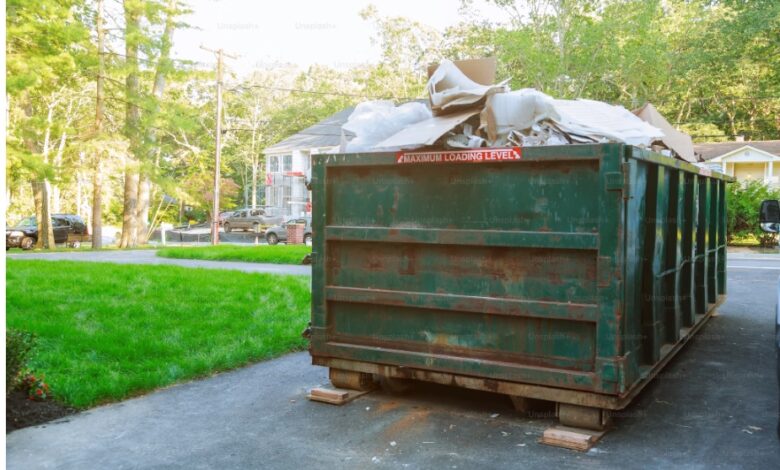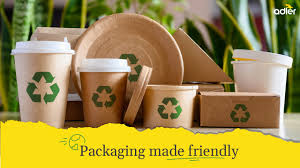How to Safely Remove Hazardous Junk from Your Property

Getting rid of hazardous junk can be tricky, but it’s something you need to do to keep your home safe and clean. Hazardous junk includes things like old paint, batteries, and chemicals that can harm you and the environment if not handled correctly. In this guide, we’ll show you how to safely remove these items so you can conquer the clutter and keep your property safe. Remember, junk removal isn’t just about clearing space—it’s about doing it the right way to protect your health and the environment.
Identify the Types of Hazardous Junk on Your Property
Start by identifying the hazardous junk on your property. This includes things like old paint cans, batteries, chemicals, and broken electronics. You might also have asbestos in older building materials or lead-based paint if your home was built before 1978. Knowing what you’re dealing with is the first step in safe junk removal. Look for signs like leaking containers, corroded batteries, or outdated electronics. Properly identifying these items helps you plan how to handle them safely during the junk removal process.
Understand the Risks of Improper Disposal
Improper disposal of hazardous junk can lead to serious health and environmental risks. For example, chemicals can cause respiratory problems, skin burns, or poisoning if mishandled. When junk removal isn’t done correctly, these substances can leak into the soil and water, polluting the environment. This doesn’t just affect your property; it impacts the wider community too. Additionally, improper junk removal can result in fines or legal trouble if you don’t follow local regulations. Understanding these risks highlights why safe disposal is crucial.
Prepare for Safe Removal
Before you begin junk removal, make sure you’re fully prepared. Gather all necessary protective gear, such as gloves, masks, and goggles, to keep yourself safe from harmful substances. You’ll also need sturdy containers to hold hazardous materials and labels to clearly mark what’s inside. Plan the removal process step by step, including when and how to transport the junk to a disposal site. Having a well-thought-out plan and the right equipment ensures that the junk removal process is safe and efficient, minimizing risks.
Steps for Safe Removal of Hazardous Junk
The removal of hazardous junk requires meticulous attention to safety protocols to mitigate risks. Begin by properly identifying the type of hazardous materials you’re dealing with, such as chemicals, electronics, or construction debris. Handling chemicals and liquids demands the utmost care; always use sturdy, leak-proof containers to prevent spills and contamination. Ensure each container is clearly labeled with its contents and any associated hazards, facilitating safer handling and disposal.
Electronics and batteries should not be discarded with regular waste due to the toxic substances they contain, like lead and mercury. Check with local authorities for designated recycling programs or special disposal methods that cater to these items. This ensures they are processed in a way that minimizes environmental impact.
For materials like asbestos, which are known for their health risks, professional removal services are essential. These specialists are equipped with the proper tools and protective gear to handle and dispose of such materials safely, complying with legal and environmental standards.
Transport and Disposal Options
Transporting and disposing of hazardous junk isn’t something you can do on a whim. First, research your local regulations to understand where and how you can legally dispose of these materials. Some areas have specific drop-off locations or collection events for hazardous waste. If you’re not sure how to handle certain items, consider hiring a professional junk removal service. These experts have the knowledge and equipment to safely transport and dispose of hazardous materials, ensuring that the process is compliant with local laws and environmentally friendly.
Post-Removal Cleanup and Safety Measures
After the junk removal process, it’s important to clean up properly. Start by decontaminating the area where hazardous junk was stored or handled. This might involve wiping down surfaces, disposing of contaminated rags, or ventilating the space to remove any lingering fumes. Also, take steps to prevent future accumulation of hazardous junk by organizing and safely storing items that could become dangerous over time. Regular inspections of your property can help catch potential hazards early, making junk removal easier and safer in the future.
Parting Words
Safely removing hazardous junk is essential for maintaining a healthy and safe environment on your property. It’s not just about cleaning up; it’s about doing so in a way that protects you, your family, and the environment. By properly identifying hazardous materials, understanding the risks, preparing adequately, and following safe removal steps, you can ensure that your junk removal process is thorough and safe. Remember to comply with local regulations, consider professional help when needed, and always prioritize safety in every step. Junk removal done right means a cleaner, safer, and more responsible way of managing your property.





